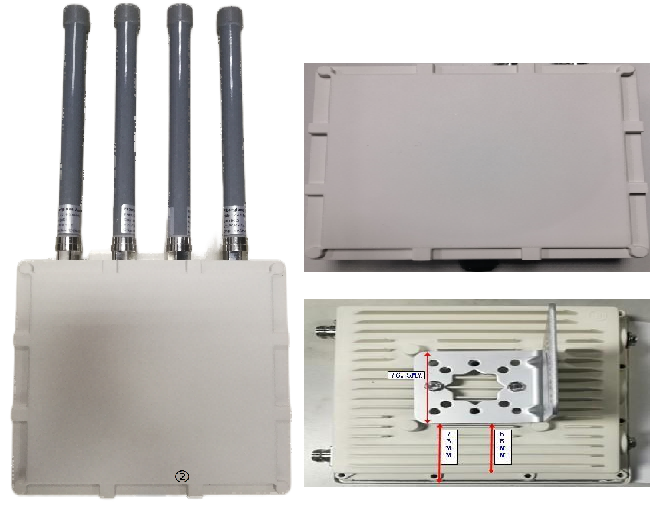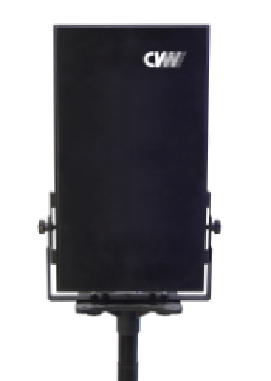Construction machinery is a vital part of the construction industry, enabling the efficient and effective completion of various tasks. These machines are designed to perform heavy-duty operations, such as earthmoving, material handling, and demolition. They consist of several components and modules that work together to ensure their smooth functioning. In this article, we will explore the key components and modules found in construction machinery.
1. Powertrain System: The powertrain system is responsible for generating and transmitting power to the various components of construction machinery. It typically consists of an engine, transmission, and drivetrain. The engine, usually a diesel engine, provides the necessary power to drive the machine. The transmission system transfers this power to the wheels or tracks, allowing the machine to move. The drivetrain includes components like axles, differentials, and final drives, which distribute power to the wheels or tracks evenly.
2. Hydraulic System: The hydraulic system is a crucial component of construction machinery, as it enables the operation of various hydraulic functions. It consists of hydraulic pumps, cylinders, valves, and hoses. The hydraulic pump generates hydraulic pressure, which is then transmitted through the hoses to the hydraulic cylinders. These cylinders convert the hydraulic pressure into mechanical force, allowing the machine to perform tasks like lifting, digging, and pushing. Valves control the flow and direction of hydraulic fluid, enabling precise control over the machine's movements.
3. Control System: The control system of construction machinery includes various components that allow operators to control and monitor the machine's functions. It typically consists of joysticks, pedals, levers, and control panels. These components are connected to the machine's hydraulic and electrical systems, enabling operators to control the machine's movements, speed, and other functions. Control panels provide operators with information about the machine's performance, such as engine temperature, fuel level, and operating hours.
4. Structural Components: The structural components of construction machinery provide the necessary strength and stability to withstand heavy loads and harsh working conditions. These components include the chassis, boom, arm, bucket, and counterweight. The chassis forms the base of the machine and supports all other components. The boom, arm, and bucket are essential for tasks like digging, lifting, and loading. The counterweight helps balance the machine and prevent tipping during operation.
5. Electrical System: The electrical system in construction machinery is responsible for powering various electrical components and providing control signals. It includes components like batteries, alternators, wiring harnesses, and sensors. Batteries provide the initial power to start the machine, while alternators generate electricity to recharge the batteries and power electrical components. Wiring harnesses connect various electrical components, allowing them to communicate and function together. Sensors monitor various parameters, such as engine temperature and oil pressure, and provide feedback to the control system.
6. Operator Cabin: The operator cabin is an essential module in construction machinery, providing a comfortable and safe working environment for operators. It includes components like seats, controls, windows, and safety features. The seat is designed to provide ergonomic support and reduce operator fatigue. Controls, such as joysticks and pedals, are positioned for easy access and intuitive operation. Windows provide visibility to the surroundings, while safety features like seat belts and roll-over protection structures ensure operator safety.
7. Attachment Modules: Construction machinery often includes various attachment modules that can be interchanged to perform different tasks. These modules include buckets, blades, hammers, and grapples. Buckets are commonly used for digging and loading materials, while blades are used for grading and leveling surfaces. Hammers and grapples are used for demolition and material handling tasks. These attachment modules can be easily mounted and detached, allowing the machine to adapt to different job requirements.
In conclusion, construction machinery consists of several components and modules that work together to enable efficient and effective construction operations. The powertrain system provides the necessary power and transmission, while the hydraulic system enables the operation of various functions. The control system allows operators to control and monitor the machine, while the structural components provide strength and stability. The electrical system powers electrical components and provides control signals, and the operator cabin provides a comfortable and safe working environment. Additionally, attachment modules allow the machine to perform various tasks. Understanding these components and modules is crucial for anyone involved in the construction industry.

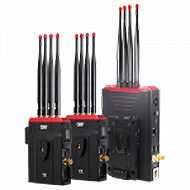 Multi-camera wireless video transmission
Multi-camera wireless video transmission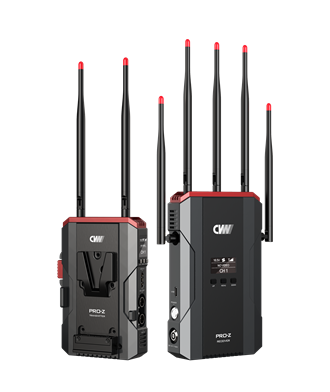 Zero Latency Wireless Video Transmission
Zero Latency Wireless Video Transmission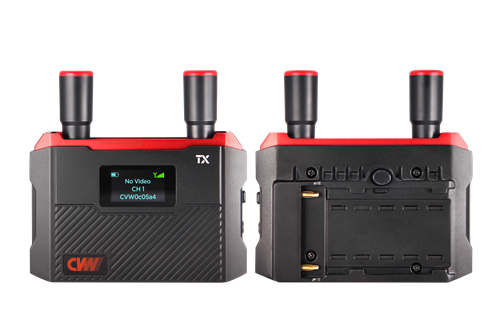
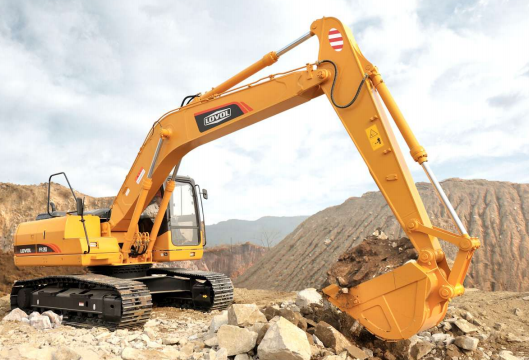 Designed for teleoperating the heavy equipment
Designed for teleoperating the heavy equipment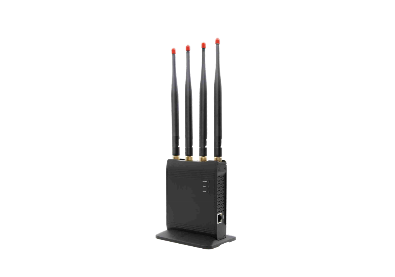 Wireless high-speed data transmission
Wireless high-speed data transmission